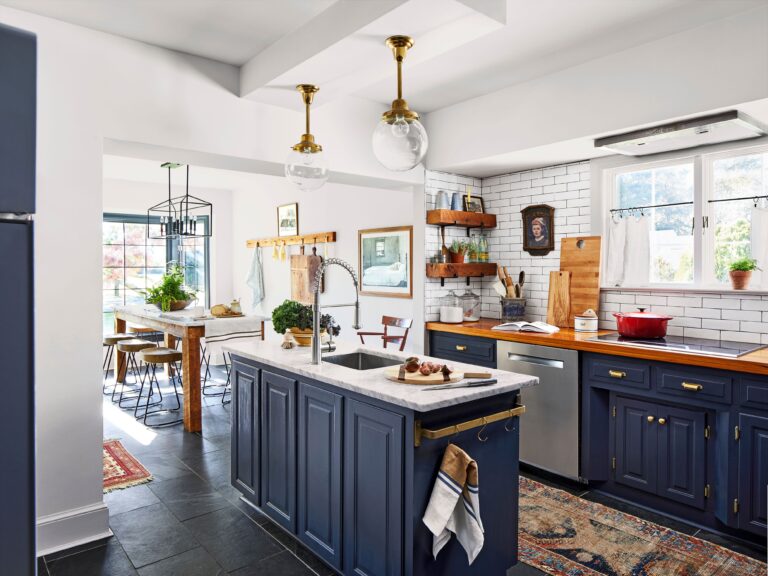There's something about layers that makes everything better. Pasta with marinara sauce is a classic, but lasagna layered with meat, cheese, and noodles really brings the flavor. Sheet cakes are attractive and easy to make, but adding layers of sponge and frosting can really elevate your cake.
The appeal of layering goes beyond food. In interior design, this technique adds dimension and visual interest to any space, creating an eclectic style that looks like it was carefully selected over time.
Adding cushions, cozy blankets, artwork on the walls, and collected items on shelves or side tables can make it even easier to incorporate into your living room or bedroom. However, when it comes to the kitchen, getting the layers right can be a little trickier. If the depth is too small, the room will feel empty, and if it is too deep, the space will look cluttered. Here's how to master the layered look in your own cooking space.
How to make a layered kitchen
As a first step, focus on your walls and cabinets. Consider both colors and styles and use them as a starting point for the rest of your layering choices. Mix and match colors and patterns to add playful charm.
Layered decorations should feel like they were collected over a long period of time. This adds organic interest. Avoid store-bought, ready-made collectibles and instead browse second-hand stores and small boutiques for unique items (or decorate with what you already own). Keep complementary colors to keep your kitchen clutter-free and experiment with different textures for a sophisticated and intricate look.
Layering will feel even more authentic if your interior design takes inspiration from traditional or cottagecore styles. Use vintage containers like cans and bottles to hold dishes, store dry goods in mason jars, and decorate with antique towels and silver accessories.
If you prefer a contemporary or modern look, open shelving or glass-fronted cabinets with colorful tableware and glassware add a layered feel, and trays allow you to organize items, no matter your style. Keep layered items functional rather than just decorative, creating a clean aesthetic.
When adding decorative touches, don't forget about the floor. Often overlooked, this detail can take your space to the next level. If you want to replace your flooring but can't do a complete remodel, add some pattern with vinyl tiles or invest in a rug or floor mat. In small kitchens where wall space is limited, the floor tends to be the focal point.


